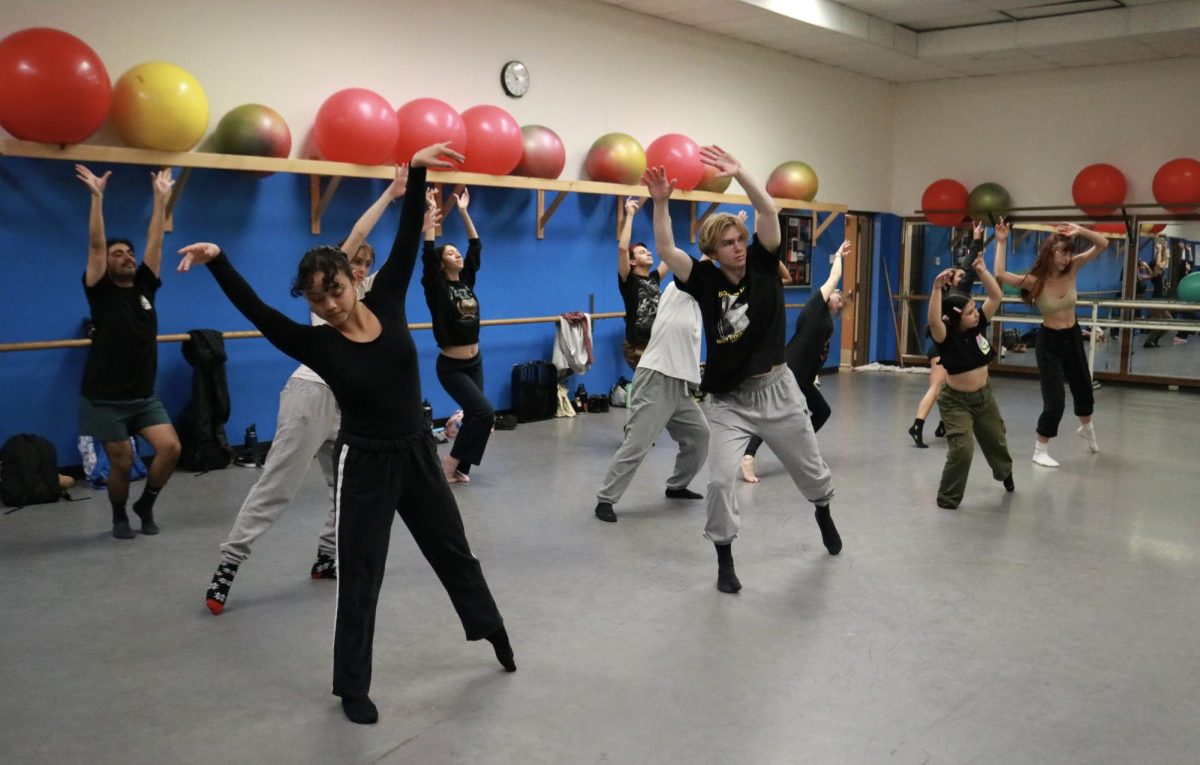The unwelcome stroll through Salinger’s life
September 9, 2013
Salinger, the new ‘documentary’ film by Shane Salerno, isn’t so much a documentary as it is a faux ‘reality’ tv show, and not even the good kind of faux reality tv show like Bad Girls Club, but the tacky, IDTV kind of faux reality shows that feature blurry re-enactments of real events.
The problem with the film is that moviegoers lack the basic mercy of commercials to break up what can only be described as 120 minutes of monotonous, TMZ-esque fetishizing of J.D. Salinger’s life.
And that’s putting it nicely.
Nothing particularly new is gleaned about the notoriously reclusive Salinger from this film.
The most titillating item might be Salinger’s seeming fascination with young girls. Two of his female companions are interviewed in the film and the descriptions of his relationships with these women may raise a few eyebrows and pique further curiosity about Salinger’s private life. Regrettably, those questions will have to be left to another film, because they are definitely not answered in this one.
Salerno explores the time Salinger spent in WWII, but these segments fail to address the core motives for anyone going to see this film. What people are looking for in a documentary is a documentation of the artist’s life and work.
That did not happen here.
Salinger’s work is not so much discussed or scrutinized as it is repeatedly praised throughout the film.
There are lots of talking heads in which celebrities and others express how reading Salinger’s work, including the ubiquitous The Catcher In The Rye, changed their lives forever.
It certainly changed the lives of several killers.
The fact that Mark David Chapman (the assassin of John Lennon) and John Hinckley Jr. (Ronald Reagan’s would-be assassin,) who both cited The Catcher in the Rye as an inspiration, are trotted out and paraded through the film would please Harvey Levin immensely.
The most ironic part is that Salinger himself would have hated this. He was a very private individual, and some of the footage shown includes voyeuristic, paparazzi-style shots of him.
The best word to describe it would be creepy.
The basic viewer expectation is that a documentary will offer new information about its subject. It will give some insight as to what may have inspired the artist’s work and how that work has impacted society. It lets the viewer feel closer to the subject.
The viewer leaves this documentary feeling cheated and violated.
Overdramatization of a subject does not a documentary make. The drama should be real, not imagined.
And the deliberate prying into someone who went to great lengths to maintain his privacy seems a bit cheap in this manner.
As a supposed fan of Salinger, Salerno should know better.
Disappointed viewers can find meager comfort remembering that Salerno was the writer who brought us blockbusters like Armaggedon and worked with the likes of Steven Spielberg, James Cameron, and Ron Howard.
Perhaps he should go back to making that kind of film again.
He was actually good at it.







